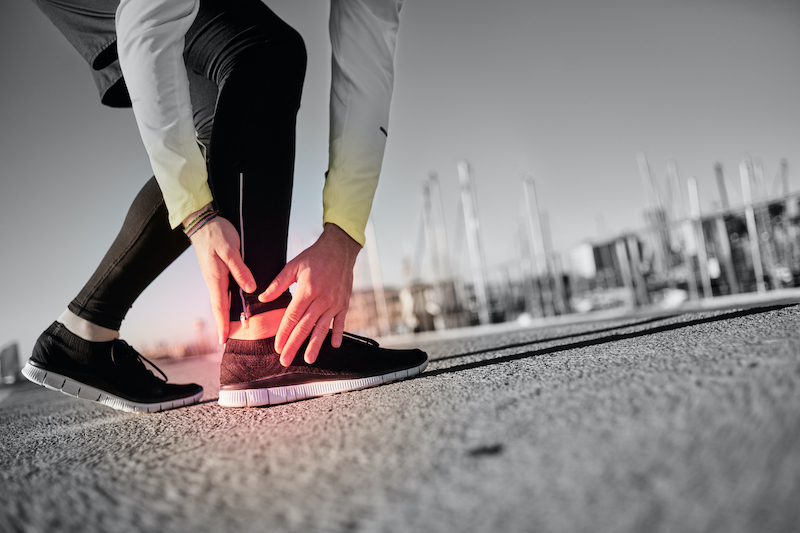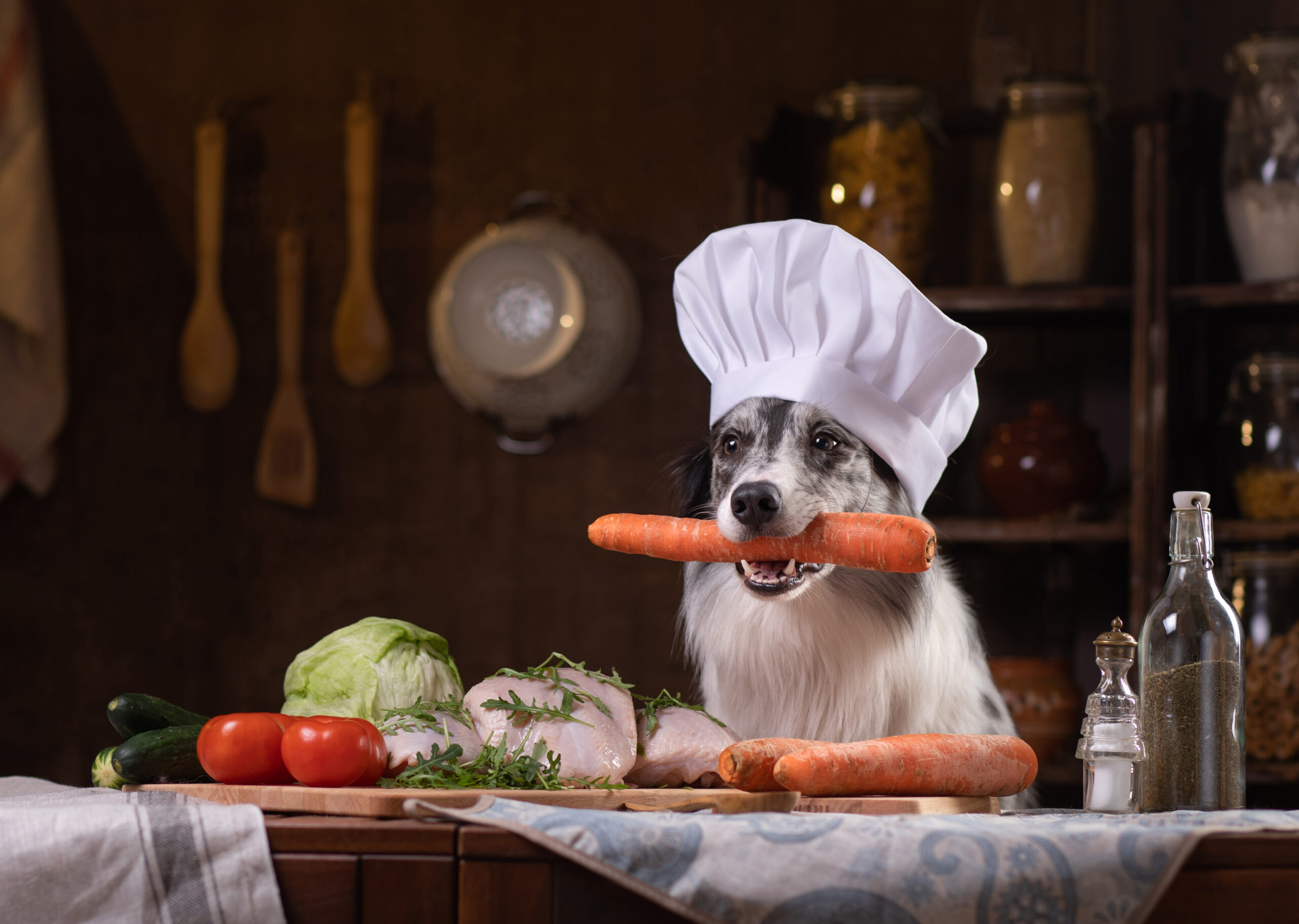Iron deficiency in athletes is talked about a lot… and for good reason!!
Last month on the blog, we looked at supplementation for athletes and gave some tips on how to decide if you need one as an active person.
This month, we are diving a little deeper into iron and athletes since iron is a mineral that is often discussed among the athletic population.
In today’s blog, we’re going to cover what iron is, food sources, sings and symptoms of iron deficiency in athletes, and ways to increase your iron stores.
What is iron?
Iron is a mineral which plays an important role in maintaining our blood.
It’s a component of hemoglobin, which is a type of protein in our red blood cells that transports oxygen from our lungs to all the tissues of the body. This is one of the reasons that iron is so important to our body. Without enough iron, there are less red blood cells to carry the oxygen your body needs.
Iron is important to myoglobin, a protein that stores and carries oxygen in our muscle tissues. Iron is important for athletes since our muscles need oxygen to perform.
In addition to its role in oxygen transport, iron also is an important component in brain development, cellular production, connective tissue health and hormone function.
What foods contain iron?
Food sources for iron are plant and animal based, and dietary iron comes in two forms: heme and non-heme.
Heme iron: Heme iron is only found in animal based food sources, such as meat, poultry and seafood.
Non-heme: Non-heme iron is found in plant sources such as legumes, leafy greens like spinach, nuts, seeds, and whole grains. It’s also present in animal based food sources, as the animals consume plants which contain non-heme iron.
You can find iron in fortified foods, such as cereals and breads. The American Red Cross has a very nice resource that lists a variety of iron rich foods that you can quickly reference.
Signs and symptoms of iron deficiency in athletes
Low iron can result in a condition known as iron-deficiency anemia. You may experience the following symptoms:
- tiredness
- shortness of breath
- chest pain
- fatigue
- dizziness or lightheadedness
- cold hands and feet
- sensitivity to cold
- pale skin
- hair loss
- brittle nails
Since these symptoms are also common in other conditions, we suggest scheduling an appointment with your primary care physician to have some lab work completed.
We often suggest our athletes have an iron panel done, which includes serum levels of iron, ferritin, transferrin, and total and unsaturated iron binding capacity.
It’s important that you have an iron panel prior to beginning any supplementation as this will help you figure out if it’s an iron deficiency or another cause of your symptoms.
Avoid supplementing with iron without knowledge of a true deficiency, as iron overload can happen and also cause some similar symptoms to an iron deficiency.
Who is at risk for iron deficiency?
Certain populations are at higher risk for developing low iron. Put simply, a loss of blood will result in a loss of iron, so those at risk for blood loss are also at risk for decreased iron stores.
People with gastrointestinal (GI) conditions such as inflammatory bowel disease, ulcers, colon cancer, or other GI conditions. Additionally, those who use aspirin or other nonsteroidal anti-inflammatory medication such as ibuprofen or naproxen regularly may be at risk for GI bleeding.
Those who have heavy menstrual cycles or who have lost blood through childbirth, surgery or traumatic injury are also at risk for low iron levels.
Individuals who follow strict vegan or vegetarian diets may be at risk of iron deficiency (however it absolutely is possible to obtain sufficient dietary iron as a vegan/vegetarian with careful planning and we highly recommend working with a Registered Dietitian on your nutrition plan).
Lastly, endurance athletes are at higher risk for low iron due to footstrike haemolysis; this may occur due to damage done to red blood cells as your foot strikes the ground.
Addressing low iron in athletes and other individuals
If you have identified that you have an iron deficiency, it will take time and work with a knowledgeable practitioner to get a handle on it. There are some nutritional components that can promote iron metabolism and storage, and increasing them in your diet can help to optimize your iron stores and help iron to get where it needs to go within the body.
Iron is stored in the liver, muscle tissue, spleen, and bone marrow (2).
Vitamin A, copper and magnesium are all nutrients that play an important role in processing and utilizing the iron that comes from your diet. Copper plays an important role in iron metabolism as its enzymes help convert iron into a form that allows it to be transported for red blood cell formation. Interestingly, those who have copper deficiency have issues with getting the iron out of the places it is stored in the body and into circulation, which displays the importance of copper on the iron transport system (1).
We’ve got another blog post that dives deeper into the micronutrients of iron transport and how you can improve your ferritin levels here.
How to increase your iron stores
Since iron cannot be made by the body, it’s important to not only eat things that help promote metabolism and storage of iron, but also eat things that promote absorption of the iron from your food sources.
Vitamin C can help increase the absorption of iron. Vitamin C includes foods, such as orange juice or citrus fruits, strawberries and tomatoes. While vitamin C, vitamin A, copper and magnesium all improve the absorption and bioavailability (aka, how you actually can use the nutrients from the foods you consume) of iron in the body, there are some substances which can reduce absorption of iron.
Calcium, phytates, and tannins can interfere with iron absorption. Examples of tannins include red wine, tea and coffee, and phytates (phytic acid) can be found in legumes, whole grains, seeds and nuts (2).
Most of us eat meals with a variety of foods, so it is difficult to avoid these foods when you are eating iron rich foods. To combat this, we encourage “color” (AKA fruits & veggies) with each meal to bring in vitamin C rich foods to help enhance absorption. If you are to take a supplement, we encourage you to take this on an empty stomach with a vitamin C source for best absorption (we prefer OJ!).
A final note about iron and athletes
Eating a diet with a variety of foods is the best approach to get a full spectrum of nutrients to support your body best. However, there are situations and conditions that may lead to low iron stores.
Avoid taking an iron supplement unless you and your practitioner have identified an iron deficiency. If you need to supplement with iron, it’s important to know that Iron supplements come in a variety of forms with varying amounts of elemental iron (aka the total amount of iron in a supplement absorbable by your body). If you need to increase your iron stores via food and/or supplement, working with a Sports Dietitian is a great place to start.
While we like to advocate for whole food approaches to nutritional imbalances, low iron may indeed require supplementation combined with a whole food approach to correct, which can be collaboratively managed with you, your provider, and your Sports Dietitian.
References:
- Copper. Linus Pauling Institute. (2022, January 3). Retrieved August 15, 2022, from https://lpi.oregonstate.edu/mic/minerals/copper
- Iron. The Nutrition Source. (2020, October 19). Retrieved August 16, 2022, from https://www.hsph.harvard.edu/nutritionsource/iron/
- Safran, M. R., Zachazewski, J., & Stone, D. A. (2012). Footstrike hemolysis (March hemoglobinuria). Instructions for Sports Medicine Patients, 414. https://doi.org/10.1016/b978-1-4160-5650-8.00220-x
- U.S. Department of Health and Human Services. (n.d.). Anemia – iron-deficiency anemia. National Heart Lung and Blood Institute. Retrieved August 16, 2022, from https://www.nhlbi.nih.gov/health/anemia/iron-deficiency-anemia
- U.S. Department of Health and Human Services. (n.d.). Office of dietary supplements – iron. NIH Office of Dietary Supplements. Retrieved August 15, 2022, from https://ods.od.nih.gov/factsheets/Iron-HealthProfessional/






